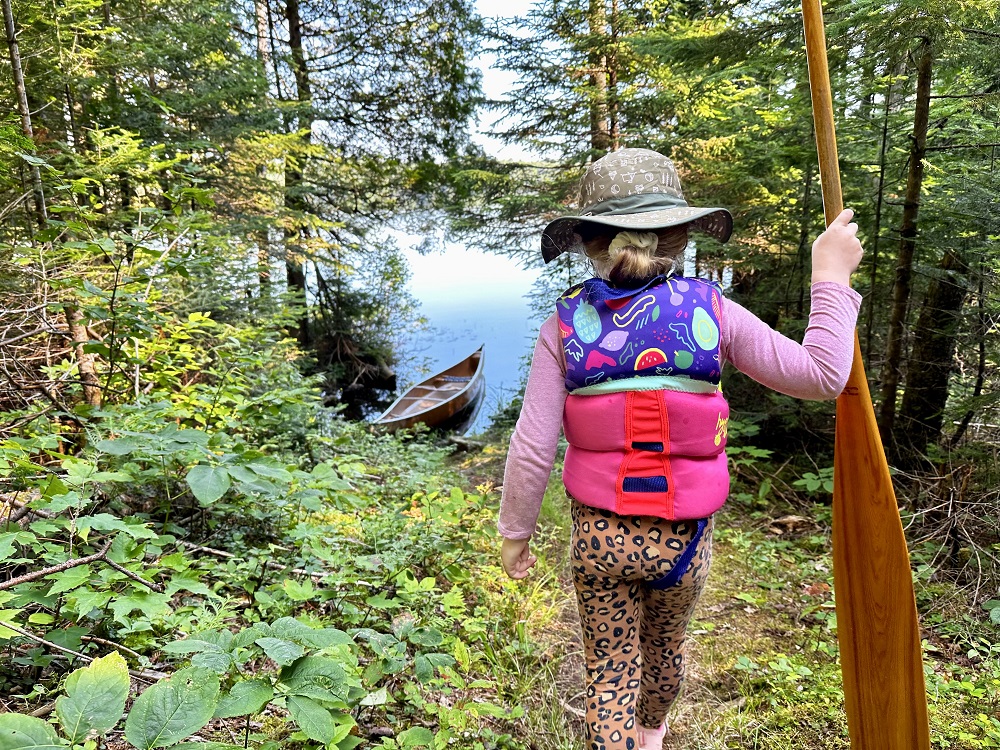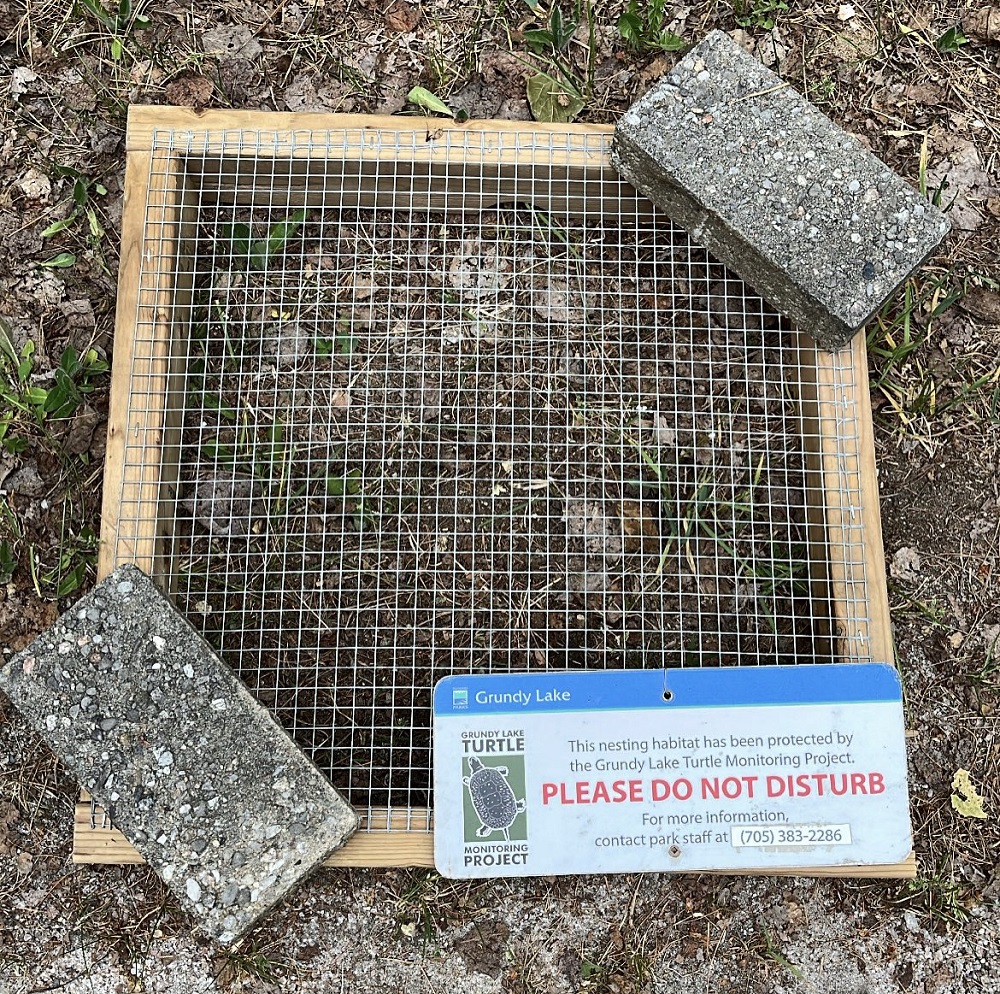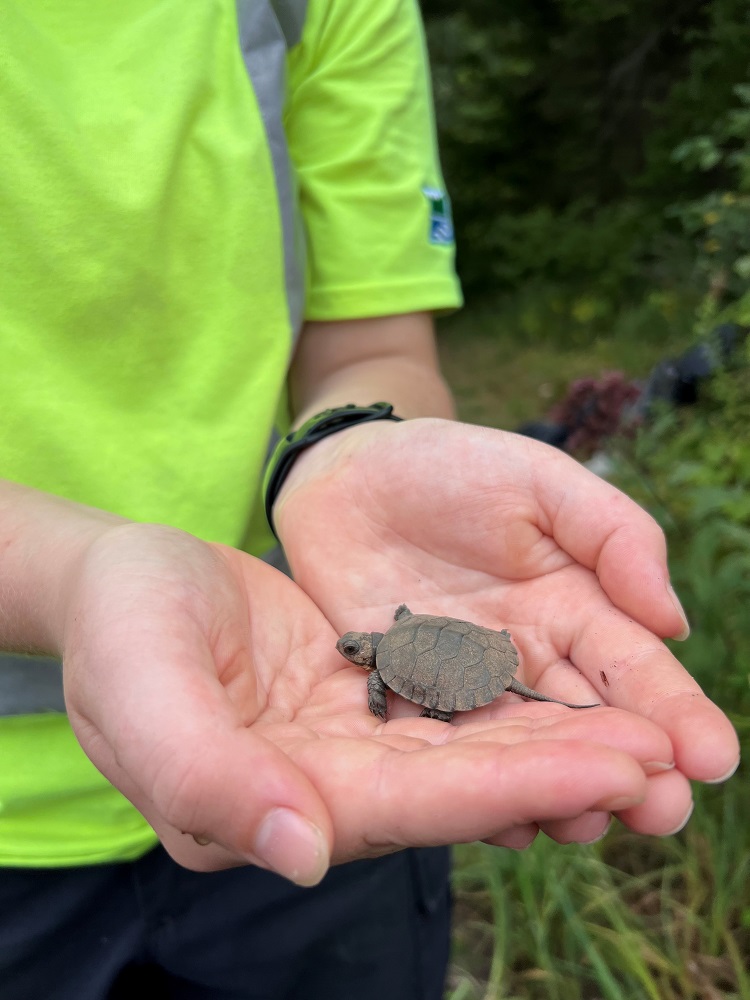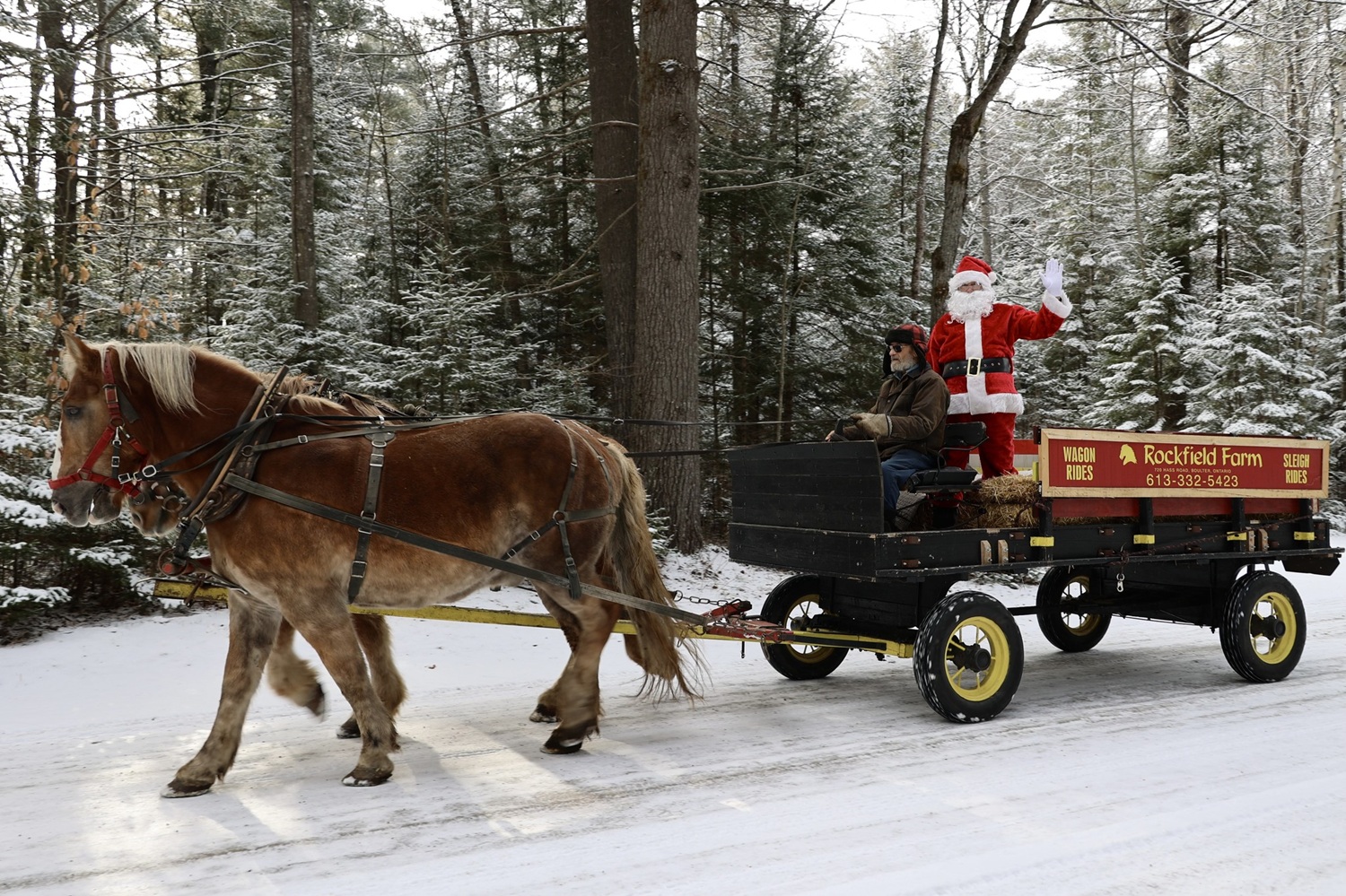Today’s post comes from Senior Park Naturalist Hope Freeman at Grundy Lake Provincial Park.
What is a “Park Lifer,” you ask?
Well, these are visitors who have a particular park, maybe even a specific campsite, they return to year after year.
They have an unprecedented passion for their park, and when you ask them why, they will give you countless reasons why that park is their home away from home!
Maybe you are a Park Lifer!
~
Family traditions
Grundy Lake certainly has a healthy population of “Park Lifers,” families who have been visiting our park for generations!
Every year they must hike a specific trail, swim off slippery rock, or carry on their favourite Grundy Lake traditions.
My Grundy Lake Lifer status started with my grandparents in the 1960s.
Some of my fondest family memories are of multiple generations around a picnic table having my dad’s famous “camping goulash.”
My grandparents, who no longer camp, love to share stories of fishing, listening to a loon call at night, or being the first to jump in the lake.
All these experiences led to my love for nature and parks!
Now I’m lucky enough to share my passion with park visitors and get to hear so many awesome Grundy Lake Lifer stories from campers I’ve met while working here.
Working at Grundy Lake, I’m very familiar with the concept of being a “Park Lifer, both in the human and wildlife sense.
~
Grundy Lake’s shelled residents
Working at Grundy Lake, I’m very familiar with the concept of being a “Park Lifer, both in the human and wildlife sense.
The three turtle species (Blanding’s Turtle, Painted Turtle, and Snapping Turtle) that call Grundy Lake home are the ultimate “Park Lifers.” If you’ve visited our park, you’ve probably noticed countless turtle nesting boxes scattered throughout the campgrounds, beaches, and day use areas.
Maybe you’ve attended an amphitheatre program, guided hike, or interpretation station focused on our shelled friends.
It’s no secret that freshwater turtles are a big deal at Grundy Lake!
~
Nesting turtles
During the month of June, female turtles leave their wetland homes in search of the perfect spot to lay their eggs. Turtles travel near and far to find a nesting site, just like how we may travel far from our homes to find the perfect campsite!
Once the female turtle has committed to that nesting site, she may return to that same spot year after year. This is known as site fidelity.
We’ve observed Snapping Turtle nests within the same 10 metre stretch on Pakeshkag Lake Trail season after season.
There are also specific campsites in the Poplar Campground where female turtles also return to nest each year.
About 90 days after the eggs have been laid, baby turtles begin to emerge from the nest and make their way to their new aquatic homes scattered throughout the park.
Some of Ontario’s native turtle species live to be over 100 years old, meaning there could be multiple generations of turtles right here at Grundy Lake!
~
You can be a lifer too!
Hey, wait! Just because your family hasn’t been camping in a park since it opened doesn’t mean Ontario Parks aren’t your parks too!
Female turtles take anywhere from 12-20 years to reach sexual maturity. That means they can take up to 20 years before finding their perfect nesting site.
Go explore all the camping opportunities Ontario Parks has to offer, then choose your perfect nesting site!
Even if you’re visiting a provincial park for the first time, you too can become an Ontario Parks (maybe even a Grundy Lake) Lifer! You must start somewhere!
~






